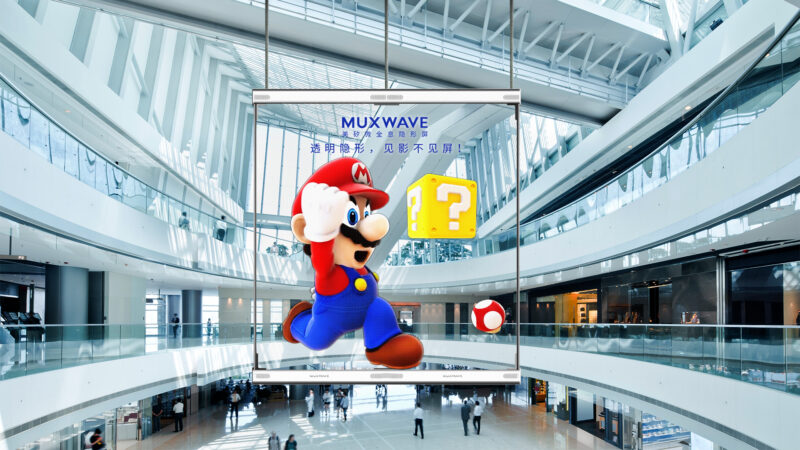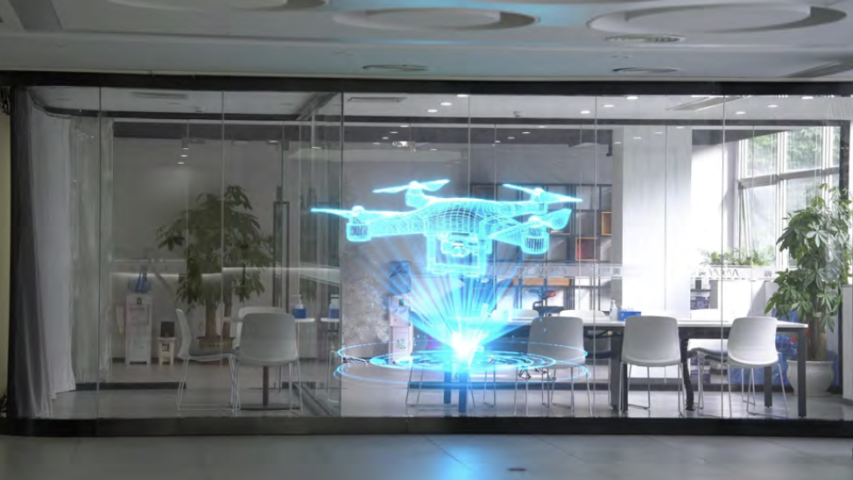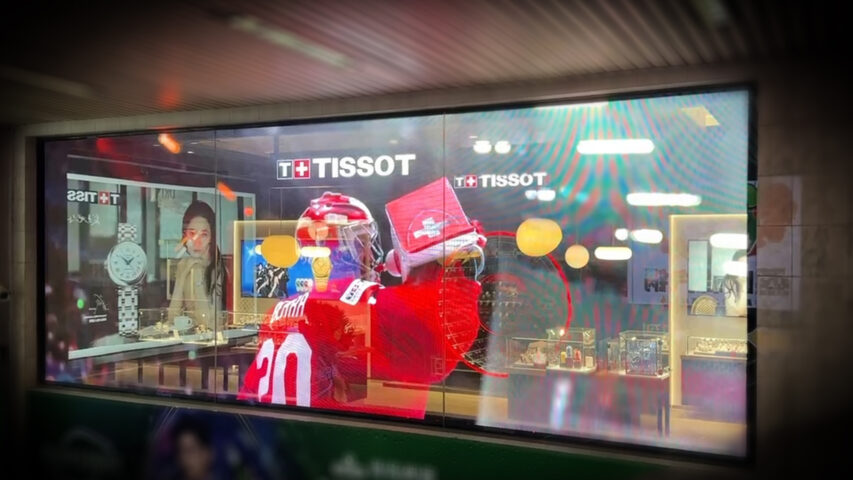Daily Maintenance Tips for Muxwave Holographic Invisible Screens
2023-11-29Product Description Muxwave Holographic Invisible Screen
2023-11-30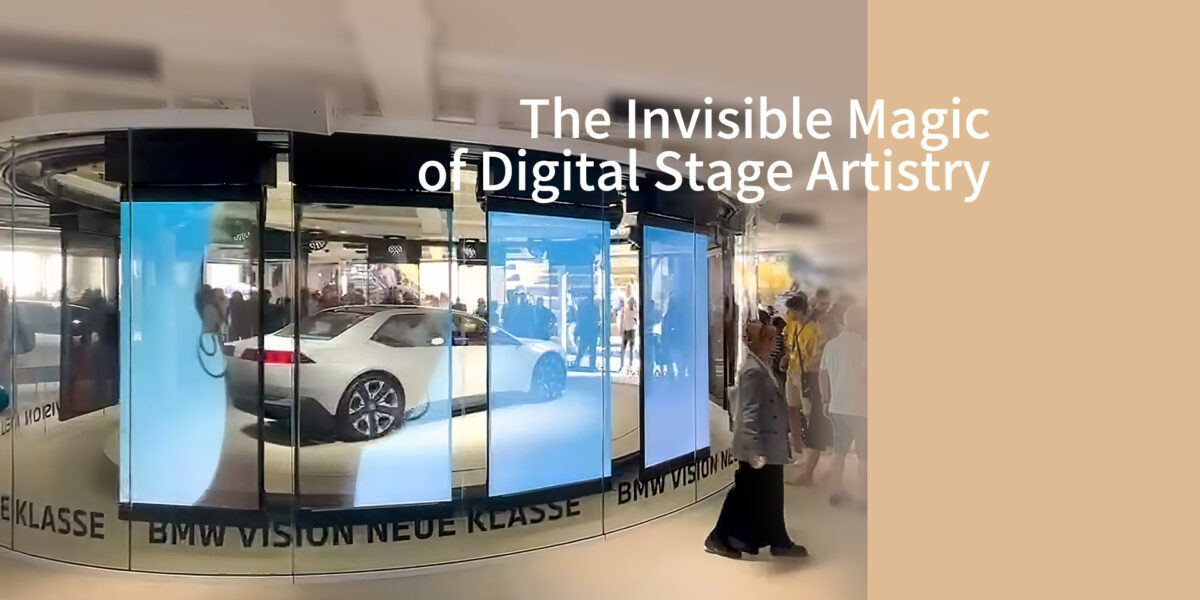
The application of glass LED displays at auto shows not only captures attention but also highlights the avant-garde and technological aspects of brands and cars, creating a grand and atmospheric experience. So, what are the specific requirements for using LED transparent screens at auto shows?
Glass LED displays used at auto shows have several specific requirements to ensure optimal performance in that environment. Here are some potential requirements:
1、Unique Design:
Curved glass LED displays bring a broader field of view and a relatively larger display area. The main screen on the booth seamlessly integrates with the extended design of the LED transparent screen. This demands excellent customization capabilities from LED transparent screen manufacturers.
2、High Refresh Rate:
Facing media cameras and video cameras, especially when capturing luxury cars, the glass LED display on the booth needs to meet high refresh rate, brightness, and grayscale standards. Otherwise, captured photos may exhibit ripples and moiré patterns, negatively impacting the brand. Therefore, high-end automotive brands typically choose LED transparent screens with a refresh rate of 2000Hz or higher. Additionally, videos played at auto shows often feature specific scenes, such as mountainous terrain or waterways with relatively uniform colors. There are frequent transitions between fast and slow shots, requiring the LED transparent screen to have high color reproduction to present images without any delay or trailing.
3、High Contrast Ratio:
Due to the close and prolonged viewing distance at auto shows, the brightness of the glass LED display should not be too high. Color uniformity on the screen surface is crucial, and the display must be designed to prevent glare, considering the complex lighting environment at auto shows.
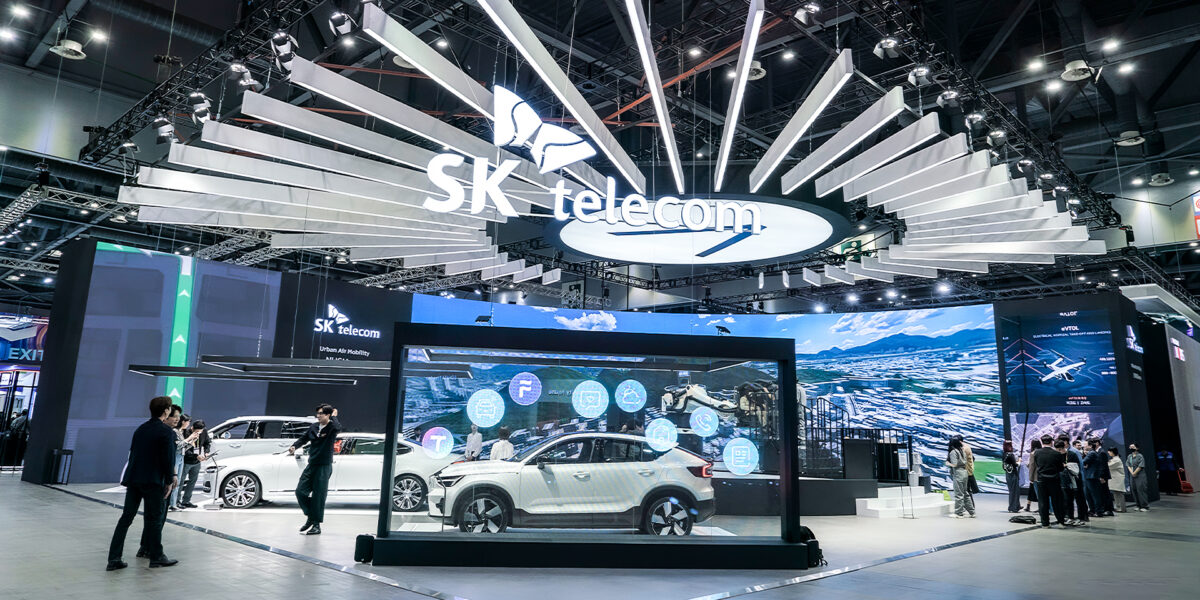
MUXWAVE glass LED display is an innovative transparent LED screen with features such as transparency, high-definition image quality, naked-eye AR visual effects, high brightness, and high contrast.
It can be seamlessly applied to transparent glass in buildings and commercial spaces without altering the glass’s transparency or obstructing light and visibility. When in use, it transforms into a high-definition large-screen display in seconds.
